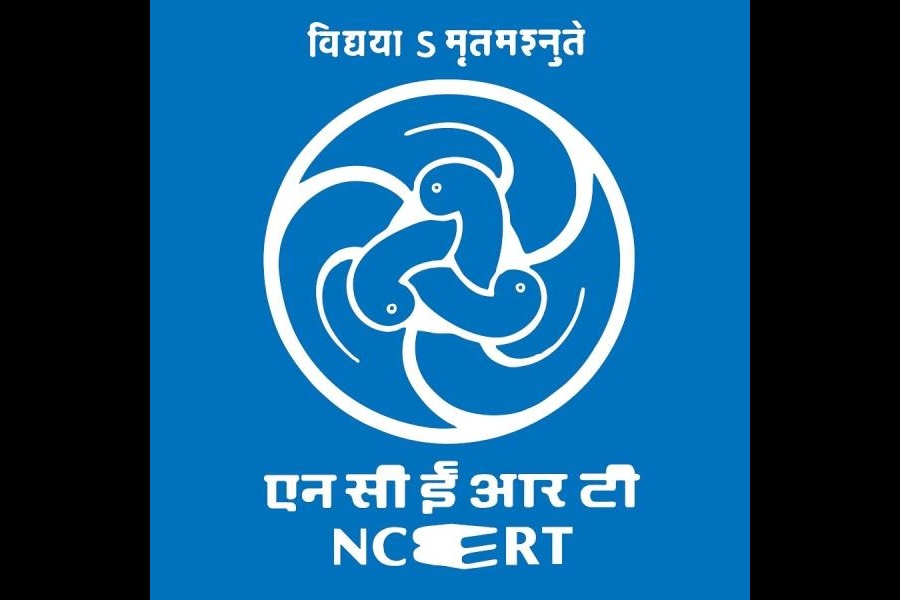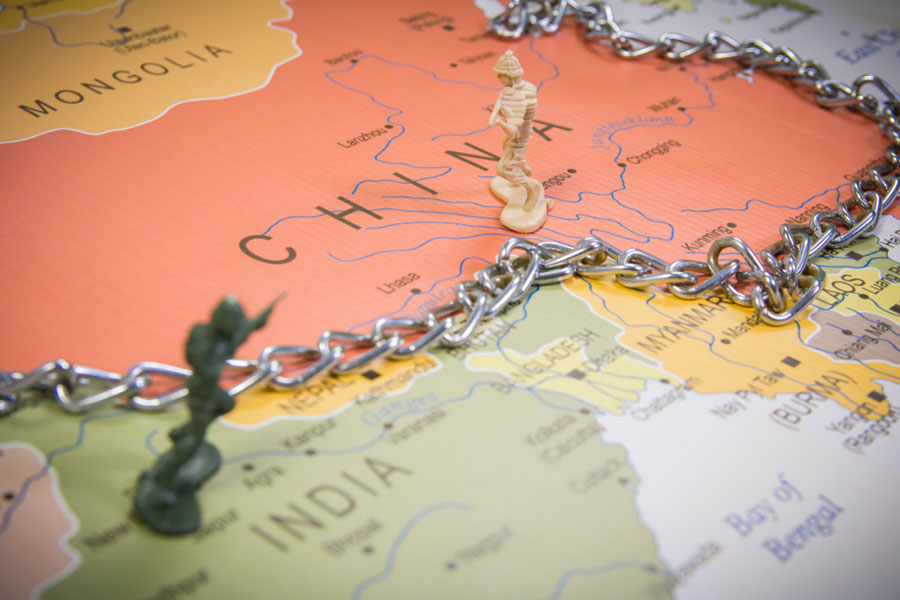 |
| India Against Corruption activists gather at Arthur Road Jail in support of jailed cartoonist Aseem Trivedi in Mumbai. File picture |
As every student of English literature knows, the so-called Augustan period in England was also termed “the age of satire”. Most of the noted British satirists, including Addison, Steele, Pope, Dryden and the guru of them all, Jonathan Swift, were products of the period, even its poetry and drama being satiric in essence. Satire, according to its practitioners, was “the ally of civilisation”, and a potent weapon against deviations from social norms and decorum.
Yet, ironically, the Augustans believed that they themselves had achieved the heights of civilisation. Thus their satire was none too virulent, being directed against minor elements which tried to disrupt social harmony and breach decorous behaviour. Naturally enough, the practice of satirising was confined primarily to the urban middle class, the rural “philistines” not having yet acquired enough literacy to appreciate the refined nuances that stylised satire involved!
As for acidity, Swift was the sole exception. While others attacked such “earth-shaking” issues as open flirtations among aristocrats or boorish behaviour towards ladies, Swift went hammer and tongs against entire mankind, earning himself an undeserved reputation as a misogynist.
During the great famine in Ireland in his days because of the failure of potato crop, he landed himself into really hot water by advocating that Irish babies would make a delicious alternative to potatoes. His scaling up and down of mankind in Gulliver’s Travels, the bickering over which side of a boiled egg should be cracked and going to war on that issue and, above all, his gumption in not avoiding scatological terms, indeed made him the master satirist of his age.
However, the above is in the nature of a digression, simply serving to drive home the paradox that satire is appreciated and perhaps works only within a civilised milieu. In today’s context, perhaps a punch on the jaw would be a more effective “ally of civilisation” than satire! Even in the land of the connoisseurs of this genre, England, with the demise of the Punch after a prolonged struggle to survive, an elegy to satire has been aired. Oh yes, we have stand-up comedians spoofing current customs and vagaries, but let us face it, as far as literature is concerned, satire is passé. One aspect of India’s colonial heritage had been the prevalence of the satiric mode in writings in India, both in regional languages and English. We have also had a post-colonial tradition of political cartoon, which is an intrinsic aspect of satire. The tradition persisted for a while even after independence, the most notable example being the Shankar’s Weekly, a no holds barred exclusively satirical magazine started by the inimitable Shankar Pillai, the pioneer of the modern political cartoon in India. Having been a regular contributor to that magazine, I was delighted at the freedom it offered to attack aspects of our society that I disliked without any fear of retribution.
I recollect that the magazine was filled with cartoons and many of India’s leading cartoonists cut their milk teeth in it. The founding fathers of our nation in those days could not only laugh at themselves, but also took no umbrage when others made fun of them. In fact, Nehru is reported to have once told Shankar not to spare him, while Ambedkar had the ability to appreciate satire directed at him, an indication of their liberal mindsets. I specifically mention these two, along with reference to Shankar, because of the recent controversy aroused by the presence of one of Shankar’s Weekly cartoons in a CBSE textbook. Appearing in the Shankar’s Weekly way back in 1949, the sketch depicts the then Prime Minister Jawaharlal Nehru whipping a snail designated as the Constitution which has B.R. Ambedkar seated upon it. The point being attempted to be driven home was that Nehru had felt the progress with the framing of India’s Constitution was too slow and things needed to be speeded up.
This cartoon had appeared in the magazine just two years after India attained Independence, but there had been no hue and cry after its publication and no one had felt offended that the iconic Nehru and Ambedkar had been the subject of a caricature. Yet today, 63 years after it was originally published, some members of Parliament had not only misinterpreted the theme but also raised a ruckus, which ultimately led to the resignation of NCERT’s chief adviser of a political science textbook.
So what has happened between the period in which the cartoon was first published and when an un-amused MP on the floor of the House raised objection to it being reprinted in a textbook? The answer is that a total change of ethos has taken place in India where bigotry has replaced liberalism and petty vindictiveness has been the substitute of good-humoured response. In other words Indians, particularly our politicians, have lost the ability to laugh at themselves. Today our so-called leaders refuse to allow others to make them butts of satire, and react with belligerence when someone attempts to do so. For instance, no less a person than a university professor was arrested because he had emailed a cartoon of Mamata Banerjee, the chief minister of West Bengal. If eminent personalities like Laxman or the late Mario Miranda had been able to communicate through their cartoons without inviting retribution, it was largely because they stayed off targeting specific individuals, their satire being more generic in nature.
At the same time, divisive politics has caused social fragmentation, with each small segment indulging in deification of its own hero or heroine. Thus we have adherents of political leaders bristle with anger and react with violence at the slightest perceived insult of their icons. There is an all pervasive, illiberal ambience in our country within which one can be satiric only at one’s peril, since a section of political leaders do not desist from firing up their followers against those who dare to make fun of them.
Occasionally our political leaders resort to subtler tactics so as to transfer culpability on to the satirist while themselves adopting a holier than thou posture. The latest victim of such skulduggery is cartoonist and social activist Aseem Trivedi, who underwent arrest and incarceration on the serious charge of “sedition” for posting cartoons on the Internet. Trivedi’s “crime” was that he had used certain national symbols to put across his point of view that corruption has permeated deep into the body politic of the nation, a truth his detractors cannot deny. Their response was to try and silence him by imposing a charge, which can even carry death sentence, thereby making an example of him as a warning to others. Such a travesty, of course, can only happen in India.
Yes, perhaps the time has come when India is ready to give satire an unceremonious burial and then compose an elegy to it! Anyway, appreciation of true satire is a cerebral activity and many of our satirical targets are too dense to appreciate subtle humour. Above all else looms the paradox mentioned earlier that satire is most effective only in a civilised society. That this genre does not fit in within the prevailing political and social culture of India because we live in an uncivilised era, therefore, becomes self-evident! Yet, as the Trivedi example shows, perhaps time and again someone with guts will dare to take on society through satire, thereby perhaps deferring its burial and elegy just that bit longer!
The author is a writer and columnist










